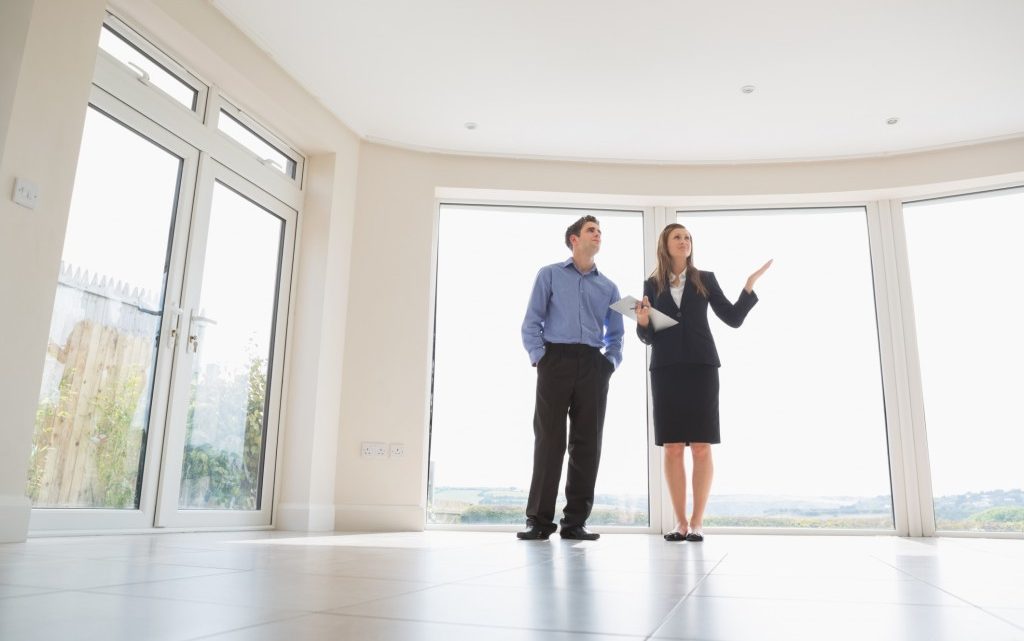
Top Tips for Renting Your First Office Space
Renting your first office space is equally exciting and terrifying. If you’ve been working from home, where most small businesses start out, the added expense can be daunting. Leaving behind the distractions and demands of home and family, however, can make a big difference to your productivity, and give you the space and freedom to hire more staff.
Before you take the plunge and rent your first office space, you need to define your needs and your budget. Here’s what you need to consider.
Leasing a Dedicated Space or Coworking?
If you have a small team or are working alone and just need to get out of the house, coworking spaces have a lot to offer. They are turnkey ready with desks and chairs, Wi-Fi, decor, and often offer amenities like coffee and snacks. It’s more affordable and convenient, and available in most cities. It also scales to fit, from space in an open coworking environment to private offices for hundreds of workers if you choose a well-established provider like Regus or WeWork.
Leasing an office takes a bit more effort. You’ll need to budget for furniture, electricity, phone lines, Wi-Fi, decor, and a coffee maker.
Choosing the Right Location
Finding space in rural areas can be challenging. In cities, it can be expensive. If you already have a staff, you want a central location that’s easy to get to. City centers tend to be prestigious, upscale, and have advantages of convenient transportation, neighborhood restaurants, shopping, gyms, and bars for unwinding and socializing after work. At the same time, traffic and parking can be a nightmare.
If a city address is absolutely necessary, make sure parking is accessible for your team and for potential clients.
Since cycling to work is becoming more common, make sure the space you choose has parking for bicycles.
If budget is a concern, branching out to smaller cities or suburbs can be an affordable and attractive office. The Orlando market, for example, is incredibly expensive. About 30 miles away, historic Sanford is a transitional neighborhood surrounded by Victorian homes. Charming antique brick buildings now house craft breweries and independent upscale restaurants, office space is a fraction of the cost of renting in Orlando, parking is plentiful, and it’s convenient enough to draw top talent.

Size and Layout
For a growing business, this may be the most difficult question to answer. How much office space do you need? You need enough space to accommodate the number of employees you’ll have through the end of the lease. If space starts getting tight and you’re locked into a long lease, you do have options today. To maximize a smaller space, consider flexible schedules and remote workers, which are attractive options, and might help you attract better talent.
Think about whether you’ll need the following:
- Meeting rooms
- A break room
- Lactation room
- Phone booths
- Any other dedicated rooms
Figure Office Expenses
Budgeting for your office can be tricky. In addition to the cost of the lease, you may have to put up deposits for utilities and services, purchase furniture, office supplies, and decor. Will you need office machines, such a commercial printer or fax? You’ll need to factor in the cost of purchase or lease for those as well.
Signage and printed materials are another consideration. At a minimum, you’ll need a company name and logo sign on the door and business cards for staffers. You may also want in-office signage advertising your services or special offers, brochures, and other informational pieces.
Make a spreadsheet for expected expenses and look for areas where you can cut costs. You can save money by asking the right questions, such as what the lease includes and where deals can be negotiated. Some leases include utilities, security, common areas, and parking.

Before you settle on a space, make sure you understand the fine print of the leases in the buildings you’re considering. What’s included–or not–might make or break affordability.
Customize Your Office Space
It’s your space, and you want to be comfortable in it. Painting, papering, and hanging decorations are usually fine under most lease terms, but before you start ripping out walls and putting in crown molding, check the lease and double-check with the landlord.
Lease Length
You may save money by signing a longer lease as the landlord may charge a lower rate per month, but will the space be adequate in a year? Five years? If you’re confident that the space is sufficient (or if the exit terms are reasonable), a long lease can be a good strategy in the long run. If rents go up, you’re locked in, you avoid the expenses and inconvenience of moving, and who really wants to move, anyway?
Exit Strategy
If your company outgrows its space before the lease is up, you’ll need to understand how you can legally break the lease. Often, leases contain provisions for exiting, just make sure you understand how much notice you are required to give and how much it will cost. If there are no provisions in the lease, be sure to ask about them before signing.
Choose Wisely
If you decide to get an office space, do it wisely. Consider your workers, either who they are or who you’re likely to hire. Younger people may be more comfortable in a trendy open office concept where they can collaborate; older people may prefer the privacy of separate offices. Your company culture depends heavily on the configuration and ambiance of the surroundings. The more comfortable and at home your workers are, the happier they will be. Their happiness will reflect in the quality of their work and in their overall health.


